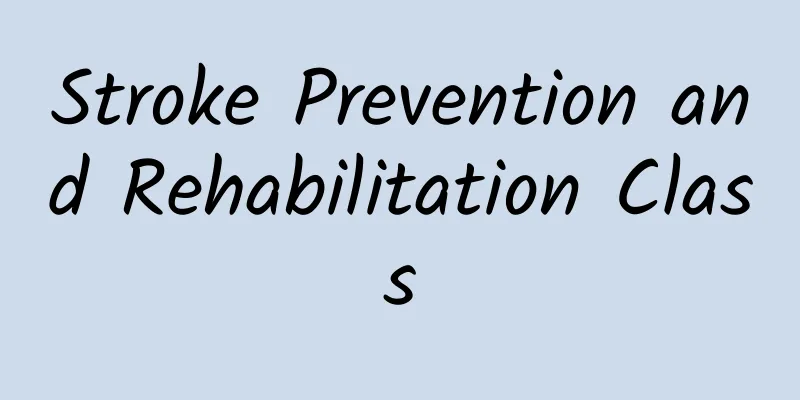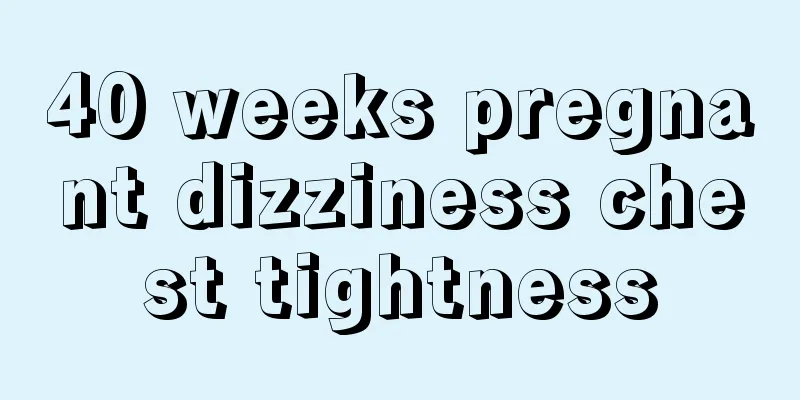Stroke Prevention and Rehabilitation Class

|
Cerebral stroke, commonly known as "stroke", has the characteristics of high morbidity, high disability rate, high mortality rate and high recurrence rate, and has become the leading cause of disability and death among Chinese residents. It refers to local brain dysfunction caused by acute cerebrovascular disease, and its clinical symptoms last for more than 24 hours, including ischemic stroke and hemorrhagic stroke. Clinically, it is often manifested as sudden numbness and weakness on one side of the face, arm or leg, and slurred speech. The occurrence of stroke is related to many factors such as lifestyle, environment, and genetics. A large number of clinical studies and practices have proved that stroke is preventable and treatable. It is crucial to develop a healthy lifestyle, regularly screen for stroke risk factors, and achieve early prevention, early detection, early diagnosis, and early treatment. Three-level prevention of stroke Primary prevention, also known as "cause prevention," refers to prevention before the onset of the disease. It prevents stroke from occurring or delays the age of onset by changing unhealthy lifestyles and actively controlling various risk factors. Secondary prevention is also known as "three early preventions", namely early detection, early diagnosis, and early treatment. It aims at patients who already have precursors of stroke (such as transient ischemic attack, TIA) or have had a stroke in the past, and actively controls the inducing and other risk factors to prevent the occurrence and recurrence of cerebrovascular disease. Tertiary prevention, also known as "clinical prevention," mainly refers to active treatment after the onset of the disease to prevent the disease from worsening, reduce related complications and sequelae, and promote functional recovery. Risk Factors for Stroke 80% of strokes are preventable, and it is important to understand the prevention knowledge of various risk factors. In 2022, the academic community proposed the "8 elements of life", including diet, physical activity, smoking cessation, healthy sleep, weight, blood lipids, blood sugar and blood pressure. Prevention of Stroke ★Diet Eat a balanced diet. Eat more fruits, vegetables, nuts and beans, whole grains, and low-fat dairy products. Eat less or no red meat, processed meat, and sugary drinks. Reduce salt intake, with each person consuming less than 6g of salt per day. ★ Physical activity: Physical activity Perform ≥150 minutes of moderate-intensity exercise or ≥75 minutes of vigorous-intensity exercise per week to improve cardiopulmonary fitness and maintain body weight and physical and mental health. Quit smoking and drinking Smoking is an important risk factor for atherosclerosis and increased blood viscosity, and is an independent risk factor for ischemic stroke. The earlier you quit smoking, the greater the health benefits. Long-term excessive drinking increases the risk of myocardial infarction and cerebral infarction, so drinking should be limited. ★Sleep It is important to ensure normal sleep time every day. Too short or too long sleep is associated with the incidence of coronary heart disease, stroke and dementia. Weight It is recommended to keep the body mass index (BMI) below 25 to reduce the risk of cardiovascular disease and metabolic syndrome. ★ Blood lipids High blood lipids will make the blood viscous and the blood flow slow, making it easier for blood to deposit on the blood vessel walls, forming atherosclerotic plaques and clogging the blood vessels. Blood sugar Hyperglycemia is an independent risk factor for atherosclerosis, which can aggravate endothelial dysfunction and promote the occurrence and development of atherosclerosis. The key to prevention is to keep blood sugar stable through a reasonable diet or combined with medication and exercise. Blood pressure More than one-third of stroke and coronary heart disease are related to hypertension. Controlling blood pressure can greatly reduce the risk of stroke, reduce disability and mortality rates, and improve the quality of life of patients. Stroke Rehabilitation Stroke patients often have multiple functional disorders such as movement, swallowing, speech, and cognition. Functional disorders such as motor dysfunction lead to increased bed rest time, decreased cardiopulmonary function, and the susceptibility to aspiration pneumonia. Bed rest with little or no movement aggravates muscle atrophy, joint contracture, and other problems, making patients less willing to move and even more unable to move, thus forming a vicious circle and causing a significant decline in the quality of life of patients and their families. Rehabilitation treatment for stroke patients must begin as early as possible and throughout the entire process of disease recovery. This includes early bedside rehabilitation in the acute phase, rehabilitation in a rehabilitation center or community after discharge, and family rehabilitation in the recovery phase. It requires the cooperation of a team of rehabilitation physicians, the community, the patients themselves, and their families to help stroke patients return to life and society both physically and mentally. The popular science content of this platform has been funded by the China Association for Science and Technology's Science Popularization Department's 2022 National Science Literacy Action Project "National Society Science Popularization Capacity Improvement Project-Rehabilitation Science Popularization Service Capacity Improvement Action Plan" |
<<: Congenital muscular torticollis: early detection, early treatment
>>: Does mouth breathing really make people ugly? What dentists have to say!
Recommend
Is aerobic exercise better than resistance training for controlling blood sugar? 10 Exercise-related blood sugar control questions answered in one article
Many people are worried about the rise in blood s...
How long after the IUD is removed can I have sex overnight?
When a woman removes an IUD, she is preparing to ...
I take a nap every day, but I feel more tired the more I sleep. What’s going on?
A netizen asked: During breaks at work every day,...
What is the cause of excessive cervical vaginal discharge?
What is the reason for excessive cervical vaginal...
Counterpoint: Huawei's share of the global high-end smartphone market will be 5% in 2023
Although global smartphone sales declined in 2023...
Why does the gas water heater alternate between hot and cold? What is the difference between a gas wall-mounted boiler and a gas water heater?
Some friends probably don't know much about w...
Pregnant after hydatidiform mole six months later
Hydatidiform mole is actually an abnormal pregnan...
There is a hard lump on the vulva
Vulvar lumps are a common disease among our outpa...
What disease causes yellow and sticky leucorrhea?
In the gynecological clinic, we receive many pati...
What to do if you have dysmenorrhea or scanty menstruation
Dysmenorrhea and scanty menstruation are two prob...
Menstruation comes again just a few days after the end
I often hear female friends around me complaining...
Is it good to use honey on your face? This will work better
Honey is also a very good food in life because it...
Causes of limb pain in pregnant women
In fact, pregnant women often experience sore lim...
What foods can't women eat when they have dysmenorrhea?
In life, many female friends suffer from dysmenor...









